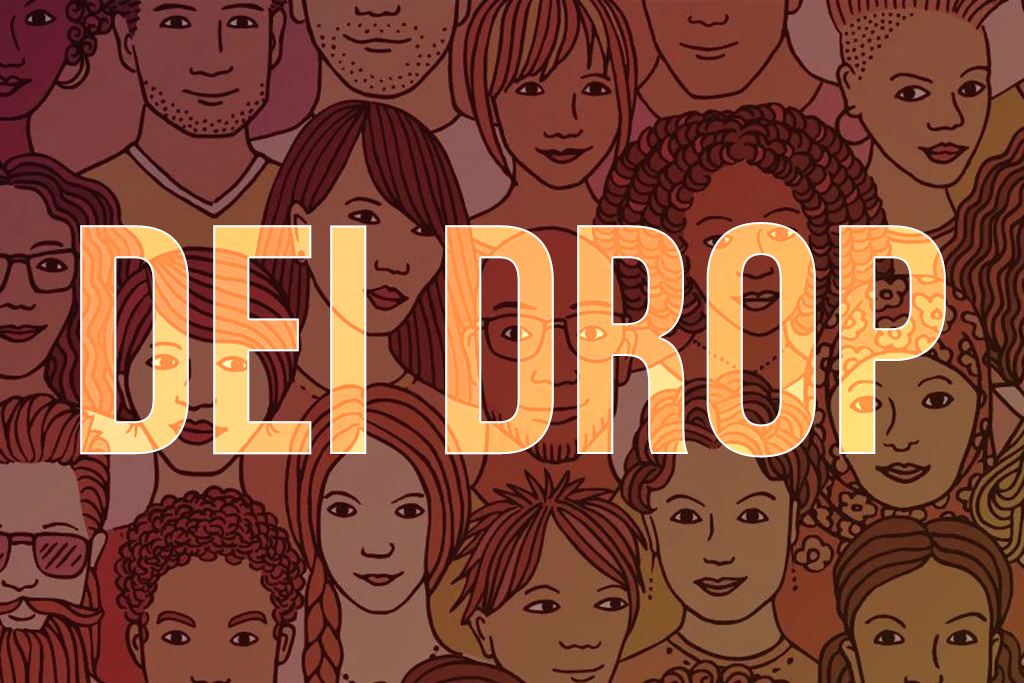

By: Angela Medrano
The fourth Friday of this month, we celebrate California Native American Day. The date has been well known among the California Tribal community for decades — commemorated with community events and closed Tribal government offices. The day was first recognized in 1939 when Governor Culbert Olson dedicated October 1st as “Indian Day.” Twenty-nine years later in 1968, Governor Ronald Reagan declared the fourth of September as “California Indian Day.” It was not until another 30 years, that the day became an official State holiday under Governor Pete Wilson. Then in 2021, legislation passed marking the date as an official judicial holiday.
The day is intended to celebrate the resilience and contributions of Native Americans indigenous to California. It also serves as a reminder of the challenges these communities have faced, including colonization, displacement, and attempt at cultural erasure. Today, more than 100 federally recognized tribes are in California – Tribes that have been here from time immemorial.
Last year on California Native American Day, I attended a law school’s diverse law student mixer at a law firm. I hoped that the holiday would be acknowledged. I very purposely started each interaction with “Happy California Native American Day!” It was a bit surprising that just one student attendee was aware of the Day’s significance. I spent the event repeating facts about the holiday and the Tribes in our County. I still held hope that the program would mention the holiday. It included welcomes and commitments to support our diverse legal community. The program ended and the holiday was not mentioned. As I left the event, I found myself exhausted and declared it my saddest California Native American Day. It was a rough reminder that the Native American experience is still very much invisible outside of Tribal spaces — even in diverse spaces.
The National Native American Bar Association published a study in 2015 about the experiences of Native American attorneys, and a second study in collaboration with the American Bar Association in 2023 focused on Native American women attorneys. The reports revealed a common theme, that study participants often felt invisible and isolated. These reports resonate with my experience that day. They also motivate me to be part of the progress serving ideals of Diversity Equity and Inclusion. Being present and using opportunities, such as the DEI Drop, to speak and share is a key part of that.
This fourth Friday of September, be present and take a few minutes to acknowledge this special day. I encourage you to do some internet searches about Tribes in California. Visit https://www.nativeamericanday.org/virtual-programs and watch one, or all seven of the short videos. The music video features Assembly member James C. Ramos, the first and only California Native American serving in California’s legislature. Ramos is a member of the San Manuel Band of Mission Indians, a federally recognized Indian Tribe, composed of Serrano and Cahuilla people. He introduced the legislation that established California Native American Day as a judicial holiday.
https://www.nativeamericanbar.org/wp-content/uploads/2014/01/2015-02-11-final-NNABA_report_pp6.pdf
https://www.americanbar.org/content/dam/aba/administrative/women/2023/native-women-report-2023.pdf
Bio: Angela Medrano is a former SDCBA board member, who practices Federal Indian and Tribal law. She is the current President of the Native American Lawyers Association of San Diego County and a pro tem judge of the Intertribal Court of Southern California.